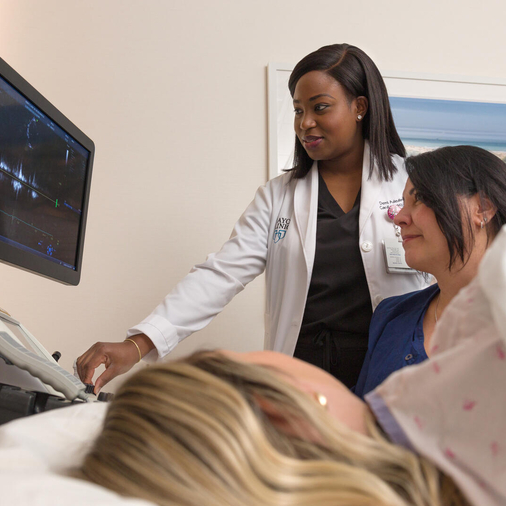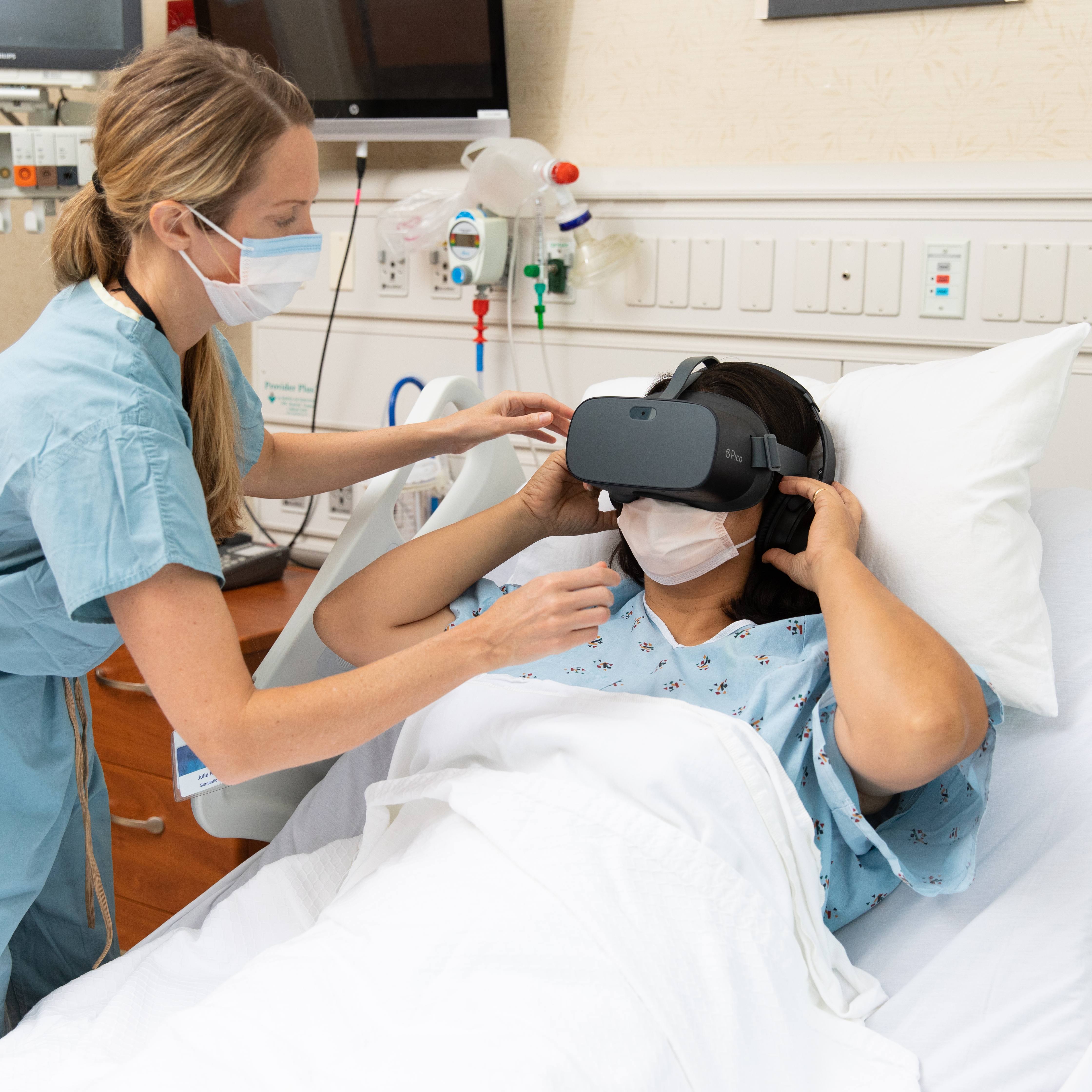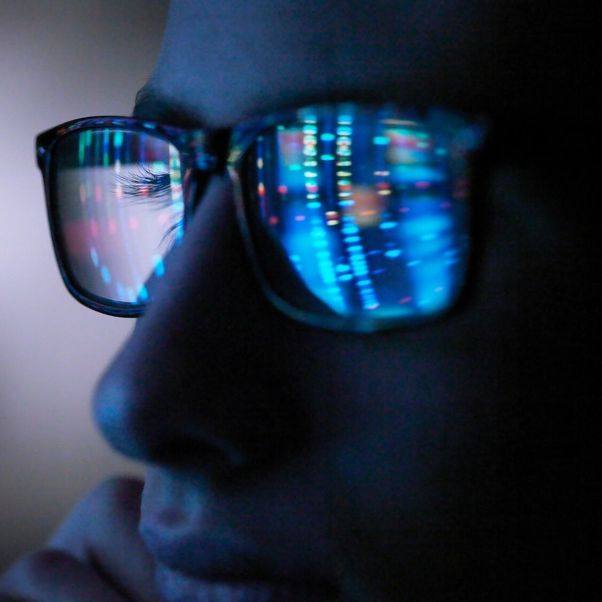-
Inspired to Engineer
A graduate student and her international team create a virtual surgical tool to improve function to a paralyzed arm.
In a serious accident, such as a motor vehicle collision, a shoulder can be propelled in one direction, while the head goes in another, tearing nerves from the spinal cord. The result can be loss of feeling and paralysis in the arm.

“Some patients say the arm is just dead weight; some ask to have it amputated,” says Loribeth Evertz, a graduate student at Mayo Clinic Graduate School of Biomedical Sciences.
Learning about injuries to the network of nerves that sends signals from the spine to the shoulder, arm and hand, (called the brachial plexus), sparked Evertz’s desire to improve a surgical procedure called muscle transfer.
Currently, to help restore function Mayo Clinic surgeons replace the damaged tissue with muscle and tendon from the leg. During this complex procedure, a team of surgeons removes a muscle from the patient's inner thigh (gracilis muscle), as well as the nerves and blood vessels associated with it. The tissue is transferred to the upper arm to replace the bicep so the patient can bend the elbow.
But while patients could move the arm again, the function might be far from normal. The arm’s function depends on the force produced by the transferred muscle, but surgeons lacked a method to test the factors that affect muscle strength during surgery.
Evertz saw potential for better outcomes by developing a computational model to act as a virtual limb. It would enable surgeons to test the effect of attachment sites, muscle tension and other variables to improve muscle force before surgery.
Becoming a Biomedical Engineer
While studying mechanical engineering at Montana State University, Evertz had found a sense of purpose volunteering with a downhill ski program that adapted typical ski gear for those with mobility challenges. With a little mechanical engineering, people unable to walk could be seated on a single ski and use hand-held outriggers to enjoy a day on the slopes.
“Being able to help them learn to have freedom and independence on the hill was really rewarding,” she says.
Based on her experience, Evertz decided to pursue a career engineering ways to make life better for patients. She chose to attend Mayo Clinic Graduate School of Biomedical Sciences for a doctorate in biomedical engineering and physiology.

After her first year, Evertz joined the Motion Analysis Laboratory of Kenton Kaufman, Ph.D., a biomedical engineer who studies human movement and ways to improve therapy and rehabilitation for movement disorders.
“I think it’s pretty interesting to compare the body to simple machines,” Evertz says. “Muscles and joints interact to create force.” That is until injury or disease cause a breakdown in the machinelike action of human limbs.
How to Build a Virtual Arm
Evertz soon joined Dr. Kaufman’s effort to learn more about the role of intramuscular pressure — the fluid pressure within a muscle — in creating force. Dr. Kaufman’s group had received funding from the National Institutes of Health to develop a fiber-optic microsensor that could be used to measure muscle force in humans.
“What inspired the various projects I worked on was the pressure sensor,” says Dr. Evertz, who completed her Ph.D. in May. “Ultimately, I’m driven to improve someone’s daily life.”
She thought the sensor could be used to validate a computational model, a computer-based tool for simulating and studying complex systems. Computational models contain numerous variables, and simulations show how adjusting one or more variables changes the outcome. A straight musculoskeletal model of a human arm lacked the precision needed to aid surgery because most muscle-tissue variables were unknown. Turning her idea into reality and filling in those blanks required several innovations and several collaborations.

“It was really exciting to be part of a collaboration with biomedical engineers and orthopedic surgeons, and computer programmers ─ all working together toward a common goal,” says Dr. Evertz.
Dr. Kaufman agrees. “All good researchers are at the intersection of multiple disciplines. That’s where you can make significant advances. Loribeth did pioneering work in the operating room and in computer modeling.”
First, Discovery
The new microsensor, which resembles a strand of hair, was designed to detect pressure changes in fluid environments. Evertz, other Mayo graduate students and colleagues at the University of San Diego modified it for use in a solid organ. They devised a sheath with tiny barbs on the end to anchor the sensor in a muscle during testing. Making the sheath out of a nickel-titanium alloy made it strong, biocompatible and suitable for both sterilizing and scanning with an MRI.
Studies using the sensor confirmed that it worked to measure muscular force and that the device was most accurate if the sensor was aligned with muscle fiber. To validate the computational model, though, Evertz needed to measure muscles in live humans, which would require access to the operating room during brachial plexus surgery. However, due to the complexity of the surgical procedure, the surgeons on Mayo’s brachial plexus surgery team were concerned about allowing access and collection of data on patients.
“To succeed in research, we have to be able to do things that haven’t been done before,” Dr. Kaufman says. “It takes tenacity and assertiveness.”

Evertz persisted, and Alexander Shin, M.D., a Mayo Clinic orthopedic surgeon, agreed that the team could collect data so long as they didn’t harm the patient or add time to the surgery.
While surgeons prepped the upper limb, Evertz’s team would have about 20 minutes to assess the gracilis muscle. Through practice, they refined techniques, increased speed and eliminated some measurements.
Then, Translation
In the first assessment in living humans, the team collected intramuscular pressures from the gracilis muscle in six patients undergoing muscle transfer. Using the microsensor, they took a number of readings: passive and active using electric stimulation, with the tendon attached, which creates muscle tension, and with the tendon severed. They also measured the length of the muscle at various joint angles and collected a muscle biopsy for later analysis of the length of the contracting units within the striated muscle. Before surgery, they used ultrasound to determine the cross-sectional area of the muscle.
A Patient-Specific Computational Model
With no experience in computer modeling, Evertz sought help from another expert. When Evertz won an international travel grant through the National Science Foundation, Dr. Kaufman and Mayo agreed that she should spend six months of her final year in Australia. There, she worked with David Lloyd, Ph.D., a biomechanical engineer at Griffith University and an international leader in computational biomechanical modeling and simulation.
Dr. Lloyd and his team work extensively with software for neuromusculoskeletal modeling to estimate the forces generated in the human body. Based on Evertz’s measurements from live humans, she and Dr. Lloyd fine-tuned an existing model. A colleague at Griffith supplemented her data with MRI studies measuring the gracilis muscle’s overall volume.
Application?
The resulting software can be calibrated to create a personalized digital model of a patient. After further refining and testing, Dr. Kaufman says, patient-specific computational models could aid surgical decisions to improve the force produced by the transferred muscle and the patient’s arm function.
In addition, others researchers are starting to apply the pressure sensor and the muscle-measuring techniques to the physiology of other medical conditions, which will lead to more precise modeling to support clinical decisions.
-- Jon Holten, December 28, 2017







